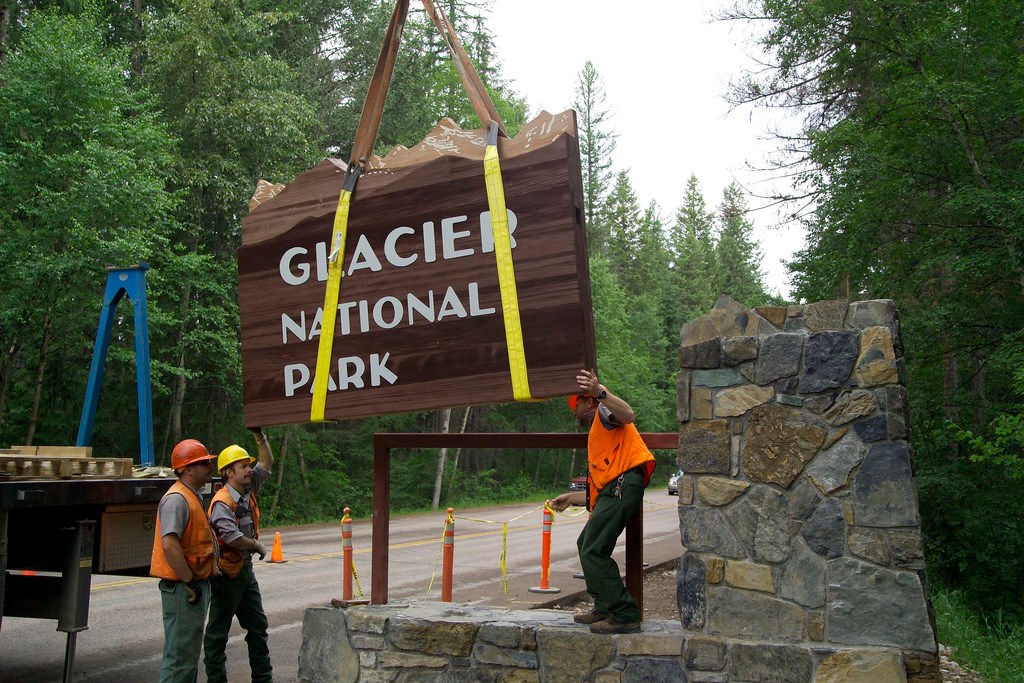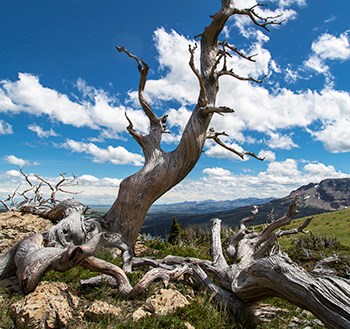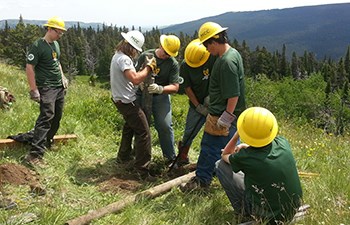
NPS/David Restivo Since 2004, the Federal Lands Recreation Enhancement Act (FLREA) has provided the mechanism for fee collection at U.S. recreation sites to provide funds for improvments that directly enhance the visitor experience. At Glacier, 80 percent of the recreation fees collected are retained to be used for improvements directly within the park. That means that the money you hand the ranger at the entrance booth is being put to use in Glacier to make the park—and your visit—better. Some improvements take place behind-the-scenes. Others may be a direct part of your park experience, like an interactive museum exhibit, an accessible trail, or even a new vault toilet. All of these projects are important to the continued preservation of your national parks. Thanks to all of you that have paid an entrance fee or bought a park pass at Glacier. This is a list of just some of the things your contributions have made possible: Current Projects
On-going Projects
Past Projects

NPS Rehabilitate and add gravel to five miles of the Kintla Lake Road This project utilized recreation fee dollars to obtain supplies, equipment, and staff labor to rehabilitate and repair five miles of gravel roadway to Kintla Lake Campground and trail heads. Replacement gravel was provided for areas that have eroded. Encroaching vegetation was removed, as well as hazardous dead and dying trees from the roadside edge. Culvers and drainage were also cleaned and repaired. This project will help provide a safe and enjoyabe experience for over 32,000 visitors who travel to the area each year. 
NPS Repair and Rehabilitation of the historic rock wall on the Going-to-the-Sun-Road Recreation fee dollars were used to provide staff labor, equipment, and supplies to repair and maintain historic masonry throughout the park, including sections of the Going-to-the-Sun-Road. This will include historic masonry features of guardwalls, culvert headwalls, and retaining walls. This work will affect over 687,000 visitors annually. When complete, the masonry work will restore the soundness of the stone as well as the structural integrity of these features. 
NPS / Jacob W. Frank Restore Whitebark Pine Whitebark pine ecosystems provide critical habitat for grizzly bears, Clark's nutcrackers, and many other wildlife. Due to the exotic fungus, white pine blister-rust, whitebark pine has dramatically declined in Glacier. Scientists predict whitebark pine would die out without a management restoration program. The restoration project involves assessment of current stand conditions and monitoring recently planted whitebark pine for survival rates. Seeds are collected from trees with apparent rust-resistance, and the seed is propagated into seedling tree stock. Finally, trees are planted at appropriate sites and monitoring plots established. This whitebark pine ecosystem restoration program will maintain whitebark pine for bears, nutcrackers, wolverines, and the visitors who enjoy viewing them for many generations to come. Read more about these efforts in a resource brief, or learn more in Season 2 of Glacier's Headwaters podcast. 
Courtesy Glacier National Park Conservancy Trail Work with Youth Crews This stewardship project funds 6-10 person youth conservation crews repairing and restoring popular hiking trails. The work consists of one, or all, of the following: turnpike repair, turnpike conversions (boardwalk converted to turnpike), erosion control work, brushing the trail corridor, trail structure repair, and trail tread repair. Crews used are from Student Conservation Association (SCA) and Montana Conservation Corp (MCC), which enlist young people 15 years old and up. Glacier has had a partnership with SCA for over twenty years and MCC for more than 10 years. Park personnel work alongside youth crews for educational purposes focusing on both trail building skills and as well as resource protection strategies. Read about opportunities working with these programs on the Teens page. |
Last updated: June 9, 2025
